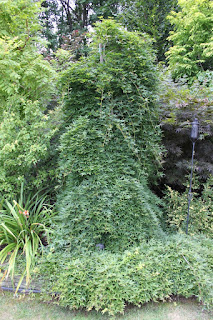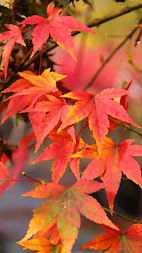How to Grow Weeping Japanese Maples?
Growing Weeping Japanese Maples
Choosing the Right Location for Your Weeping Maple
The first step to growing Weeping Japanese Maples is selecting the right location. These trees require partial shade to full sun, depending on the variety. Ideally, they should receive morning sunlight and afternoon shade to protect them from scorching in hot summer weather.
Weeping Japanese Maples also require well-draining, acidic soil that is rich in organic matter. If the soil in your area is heavy and clay-like, consider amending it with peat moss or compost. When it comes to space requirements, Weeping Japanese Maples can grow up to 15 feet tall and wide, so make sure to plant them in an area where they have room to grow.
Planting Weeping Japanese Maples
The best time to plant Weeping Japanese Maples is in the fall or early spring when the soil is moist and temperatures are mild. Before planting, make sure to dig a hole that is twice as wide and deep as the root ball of the tree. Add compost or other organic matter to the soil to improve drainage and fertility. When planting, make sure that the tree is level with the surrounding soil and backfill the hole, gently tamping down the soil as you go. Water the tree thoroughly and add a layer of mulch around the base to help retain moisture.
Pruning and Maintenance
- Weeping Japanese Maples require minimal pruning, but it is important to maintain their shape and size. Prune in late winter or early spring before new growth begins.
- Remove any dead, diseased or damaged branches, as well as any branches that are crossing or rubbing against each other.
- When pruning, make sure to cut just above a leaf bud to encourage new growth. It is also important to monitor the tree for pests and diseases.
- Common issues include aphids, scale, and fungal infections.
- Regularly inspect the tree for signs of damage or infestation and treat as needed.
Propagation
Weeping Japanese Maples can be propagated through seed or grafting. Seed propagation requires stratification, which means the seeds must be exposed to cold temperatures before they will germinate. Collect seeds in the fall and store them in a cool, dry place until you are ready to plant them in the spring. Grafting involves attaching a stem from one tree onto the rootstock of another tree. This method is more complicated but allows you to produce a clone of the parent tree.
Conclusion
Weeping Japanese Maples are a beautiful and unique addition to any garden. With proper care and attention, they can thrive and become a stunning focal point. Remember to choose the right location, plant at the right time, and prune and maintain the tree regularly. With these tips, you can successfully grow Weeping Japanese Maples and enjoy their beauty for years to come.





Comments
Post a Comment